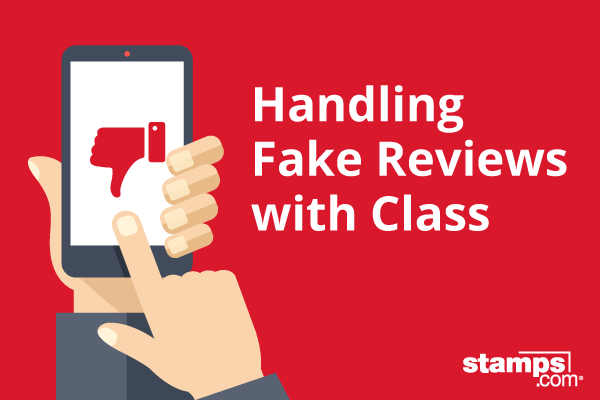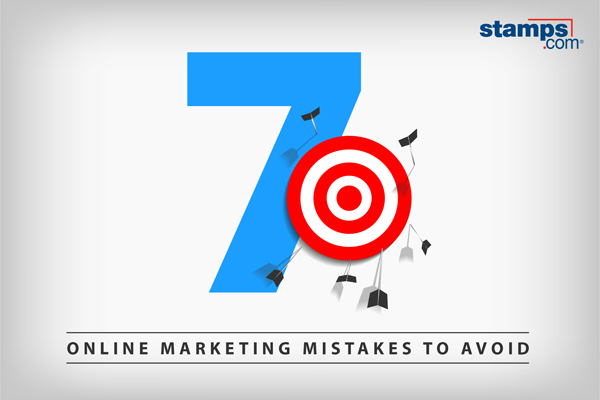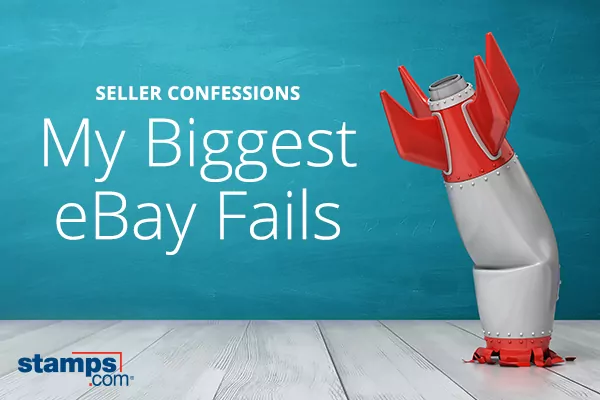Using Two-Step Verification to Keep Your eBay Account Secure

A few months ago, I woke up to thousands of dollars of eBay sales. I couldn’t believe how many iPhones I’d sold! Unfortunately, I don’t sell iPhones. Last weekend, the same thing happened to one of my former eBay students. When she logged onto the site, she noticed that someone had used her account to list five PlayStation gaming consoles and a number of Samsung Galaxy Notes. She changed her password over and over again, but that wasn’t enough to stop the attack. Panic time!
The problem? Our eBay accounts were hacked! In both cases, eBay was alerted immediately, and customer service reps took care of the problem quickly. Rumor has it that hackers prefer preying on seasoned eBay sellers who have accounts in good standing. My former student has been buying on eBay for years and is now a successful seller. And it was pretty obvious why I’d been hacked. I have a feedback score of almost 20,000, I’ve been on eBay since 2005, and I’d recently changed my password to one I’d used for years on numerous other accounts. But that password change gave hackers the change to move in. Bad move, Miriam.
Blocking hackers from your eBay account – installing two-step verification
Needless to say, I changed my eBay password again and followed the advice of a friend who supports his entire family selling estate sale items on eBay. My friend cannot afford to have anything happen to his account, so his eBay account is set up for two-step verification.
What is two-step verification?
Basically, in order to log onto eBay, a person has to go through a two-step process. The first step is inputting your eBay password. Then, eBay will send you a security code via text which must be entered as well. If any of the two steps is not inputted correctly, the person will be blocked from logging in to eBay.
I set up two-step verification on both my eBay and PayPal accounts, and I haven’t had a problem since.
How to set up two-step verification in eBay
- Click on the “My eBay” link in the upper right-hand corner of the home page
- Go to the “Account” tab
- Click on the “Personal Information” or “Business Information” link on the left-hand side of the page
- Scroll down until you see the “Security Information” section
- Under this heading you will see “Two-Step Verification”
- Click on the link to the right of this section
- Follow eBay’s instructions on screen to complete the process.
How to set up two-step verification on PayPal
If you’d like to set up this feature on PayPal and you have a business account, follow these steps:
- Log into your account
- In the upper right-hand corner of the summary page, click on “Profile”
- Choose “Profile and Settings”
- On the left-hand side of the page, click on “My Settings”
- Then scroll down and find the “Security Key” section
- Click on the link to the right of this section
- Click on “Register a New Mobile Device Number”
- Follow PayPal’s instructions on screen to confirm the process.
If you do not have a business account, follow these steps:
- Log into your account
- Click on the gear icon in the upper right-hand corner of the summary page
- Click the “Security” tab on the left-hand side of the page
- Go to the “Security Key” section
- Click on the link to the right of this section and follow PayPal’s instructions on screen
Setting up two-step verification may take a few minutes, but it’s well worth the security it provides. This extra level of protection will give you peace of mind and will save you time in the future.
About the Author
Miriam Otto is an eBay blogger and credentialed teacher with 13 years’ experience selling on the site. She was a frequent guest on eBay Radio and has participated in eBay seller panels and projects. Her blog, The eBay Life, is an all-in-one resource for eBay sellers.



